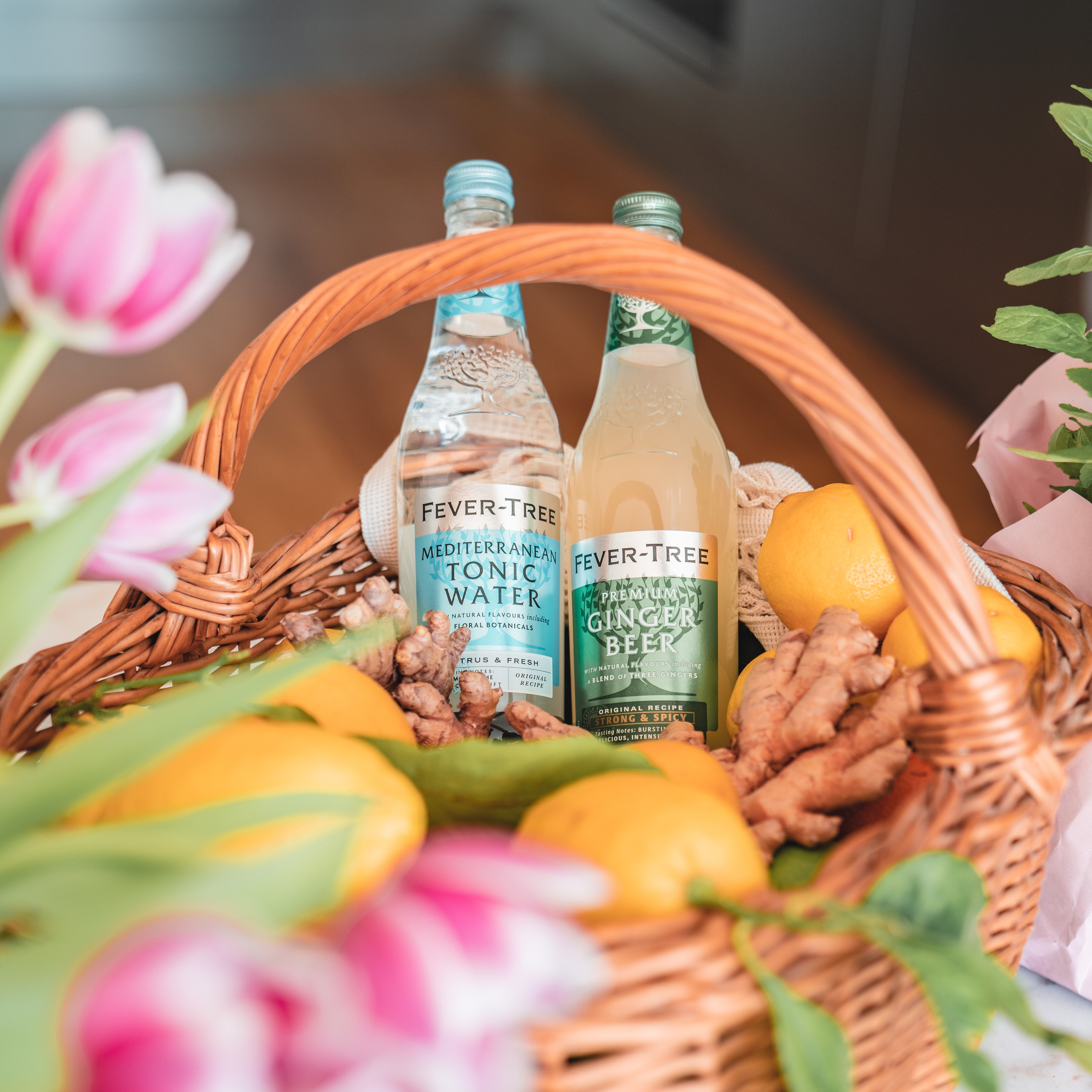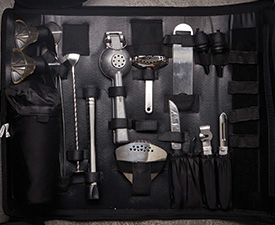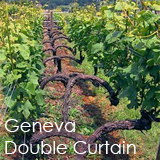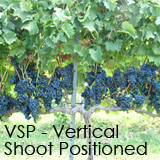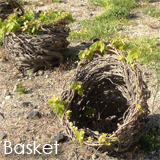Vine training systems in viticulture are designed primarily to assist in canopy management with finding the balance in enough foliage to assist photosynthesis without excessive shading that could delay grape ripening or promote grape diseases. Additional benefits of vine training systems can be to control potential yields and to aid mechanization of certain vineyard tasks such as pruning, irrigation, applying sprays as well as harvesting the grapes.
In deciding on what type of vine training system to use, winegrowers will consider the climate conditions of the vineyard where the amount of sunlight, humidity and wind could have a large impact on the exact benefits of the training system. For instance, while having a large spread out canopy such as what the 'Geneva Double Curtain' offers can promote a favourable leaf to fruit ratio for photosynthesis it offers very little wind protection. In places such as the Chateauneuf-du-Pape, strong prevailing winds such as 'le mistral' can take the fruit right off the vine so a more condensed, protective vine training system is desirable for vineyards there.
As one of the world's oldest cultivated crops, grapevines have been trained for several millennia. Ancient Egyptians and Phoenicians discovered that different training techniques could promote more abundant and fruitful yields.
The widespread study and utilization of various training systems began in the 1960s when many New World wine regions were developing their wine industry. Without the centuries of tradition that influenced Old world winemaking and viticulture, vine growers in areas like California, Australia and New Zealand conducted large scale research into how particular vine training systems impacted wine quality.
As research in this area continued into the 21st century, new vine training systems were developed that could be adapted to the desired wine making style the grapes were destined for as well as the labour needs and particular meso-climate of the vineyard.







